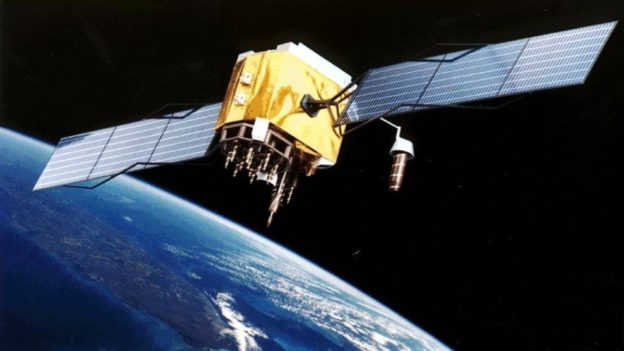Spacetronics 2023 is organised with the intention of bringing the Policy makers, Government entities like ISRO, the Industry majors, the successful Indian industries in Space and Defence, the startups and the R&D and academia.
The Indian Electronics and Semiconductor Association (IESA) hosted the 7th edition of Spacetronics 2023, a milestone event in the domain of space technology and electronics. The event is organised with the intention of bringing the Policy makers, Government entities like ISRO, the Industry majors, the successful Indian industries in Space and Defence, the startups and the R&D and academia.
“They all come together under one umbrella to understand the progress India is making in the Space & Defence electronics domain, learn about the opportunities and the challenges in fulfilling the growth aspirations of our country,” K Krishna Moorthy, CEO and President, IESA, tells Financial Express Online.
They all came together in Bengaluru to discuss different aspects of the industry, such as “Success Stories from Indian Industries in Space Electronics”, “Successful Design and Development of Satellites by Engineering Colleges across India”, and “Academic Research and Product Development for Space and Defence”. NavIC receivers by two Indian startups, Accord Software Systems and Manjeera Digital Systems Pvt. Ltd were also unveiled during the conference.
Following are excerpts of telephonic interaction with K Krishna Moorthy, CEO & President, India Electronics & Semiconductor Association.
What made IESA take the initiative of organizing an event only centric on the space and defense sector of India?
IESA has been organizing this event since 2014 which started as Deftronics ( defence electronics) and then in 2016 got expanded to Spaceronics & Defronics. This is the 7th edition. We could not hold it for 3 years due to Covid in 2020,21 & 22. The event is organised with the intention of bringing the Policy makers, Government entities like ISRO, the Industry majors, the successful Indian industries in Space and Defence, the startups and the R&D and academia all come together under one umbrella for understanding the progress India is making in Space & Defence electronics domain, learn about the opportunities and the challenges in fulfilling the growth aspirations of our country.
What emerging Defence Technologies do you think we can witness in the near future?
In the near future we will see many technologies in the Defence sector. For example in communication systems Indian industries have succeeded in developing very complex V/UHF ECCM radios. Very soon you will see Radars on a chip and many components of drone technologies which are nearing completion in R&D and proof of concept stages which will have dual use in civilian and defence applications.
Similarly the Indian startups in tier 2/3 cities like Bhubaneswar and Indore have developed underwater systems, remote management data terminals etc which can be used for multiple applications including defence needs. There can be many such examples stated but the key point is the coming of age of Indian industries and startups in dealing with the complex and high reliability systems needed for defence.
Emerging importance of Cyber Security Systems in Space & Defence
The cyber security threats have moved from terrestrial systems to space, with the transponders supporting most of the communication and media needs. The cyber security systems have thus suddenly emerged as a key area for focus that needs immediate attention. A lot of R&D is happening in this area right now. It is a matter of time that every SATCOM system terminal will need a hybrid HW/SW cyber security solution that will be mandated to be deployed along with the system itself.
How has the technology and product development for defence evolved over the period of time?
The development of technology and product development has evolved over time and has contributed to the success of many defence electronics and even other areas as well. Some of the most critical components like Low Temperature Cofired Ceramics (LTCC) have been developed in India. So also many complex communication, digital signal processing solutions and Radar technologies like Phased Array Radar technology have been developed in India. Once again this is a vast subject in itself but recently the government has released its 4th list of defence projects for indigenisation and this will kick start many startups and MSMEs to develop and deliver them to the Indian Defence.
How are technology and semiconductors building next-generation space & defense systems and adaptive computing?
The next gen space and defence systems will be computer intensive. The more complex the system becomes, the more compute power needs arise and that drives the next gen semiconductor needs arise. For example the amount of data that needs to be transmitted from satellites to ground stations has increased so much that newer data algorithms, compression techniques etc. and encryption systems are developed. Then these solutions get implemented in silicon progressively and this created newer chip design technologies and even newer process technologies. A case in point is the need for Terahertz technologies and high power solutions created by the Compound GaN fabrication technologies.
https://www.financialexpress.com/business/defence-exclusive-interview-next-gen-space-and-defence-systems-will-be-computer-intensive-ceo-amp-president-india-electronics-amp-semiconductor-associationbr-data-rich-text-line-breaktrue2023-3103304/





